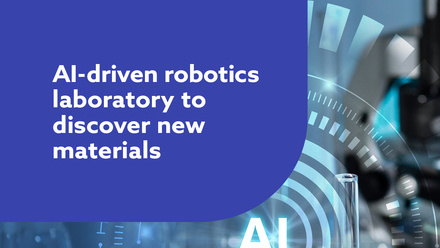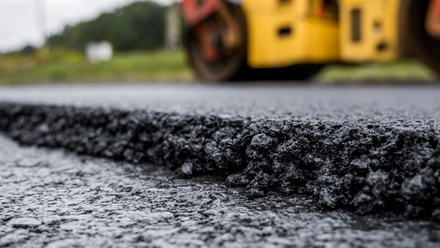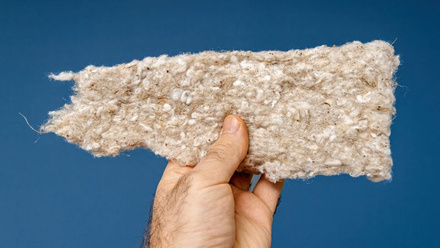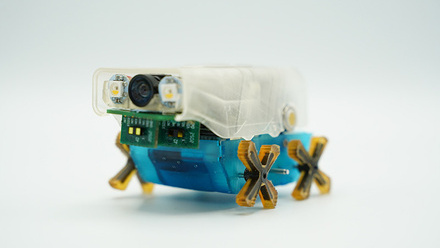AI helps to detect plastic in oceans
An artificial intelligence (AI) model that recognises floating plastics more accurately in satellite images has been developed by a research team from Switzerland and the Netherlands.
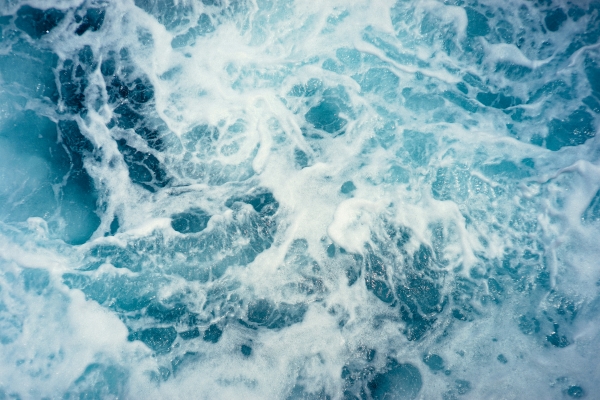
Accumulations of marine debris are visible in freely available Sentinel-2 satellite images from the European Space Agency that capture coastal areas every two to five days worldwide.
As these amount to terabytes of data, the data needs to be analysed automatically through artificial intelligence models like deep neural networks.
Marc Rußwurm, Assistant Professor at Wageningen University and former researcher at EPFL and Devis Tuia, associate professor at EPFL, have developed an AI-based marine debris detector that estimates the probability of marine debris present for every pixel in Sentinel-2 satellite images.
The detector is said to remain accurate even in more challenging conditions.
In satellite images, such objects floating are hard to distinguish when using common red-green-blue colour ‘channels’. They can be visualised by switching to other spectral channels, including near-infrared light.
The detector is trained following data-centric AI principles that aim to make best use of the limited training data that is available for this problem.
The detection model will also notice debris in daily-accessible PlanetScope images, coming from cubic nanosatellites.
‘Combining weekly Sentinel-2 with daily PlanetScope acquisitions can close the gap towards continuous daily monitoring,’ explains Rußwurm. ‘Also, PlanetScope and Sentinel-2 sometimes capture the same patch of marine debris at the same day only a few minutes apart. This double view of the same object at two locations reveals the drift direction due to wind and ocean currents on the water. This information can be used to improve drift estimation models for marine debris.’
PlanetScope Doves and SuperDoves make up a constellation of several hundred small CubeSats (nanosatellites) that cover the Earth every day at 3-7m pixel resolution. The images are not free to acquire, but can be used to a limited extent for research purposes at no cost through a Research and Education programme.


